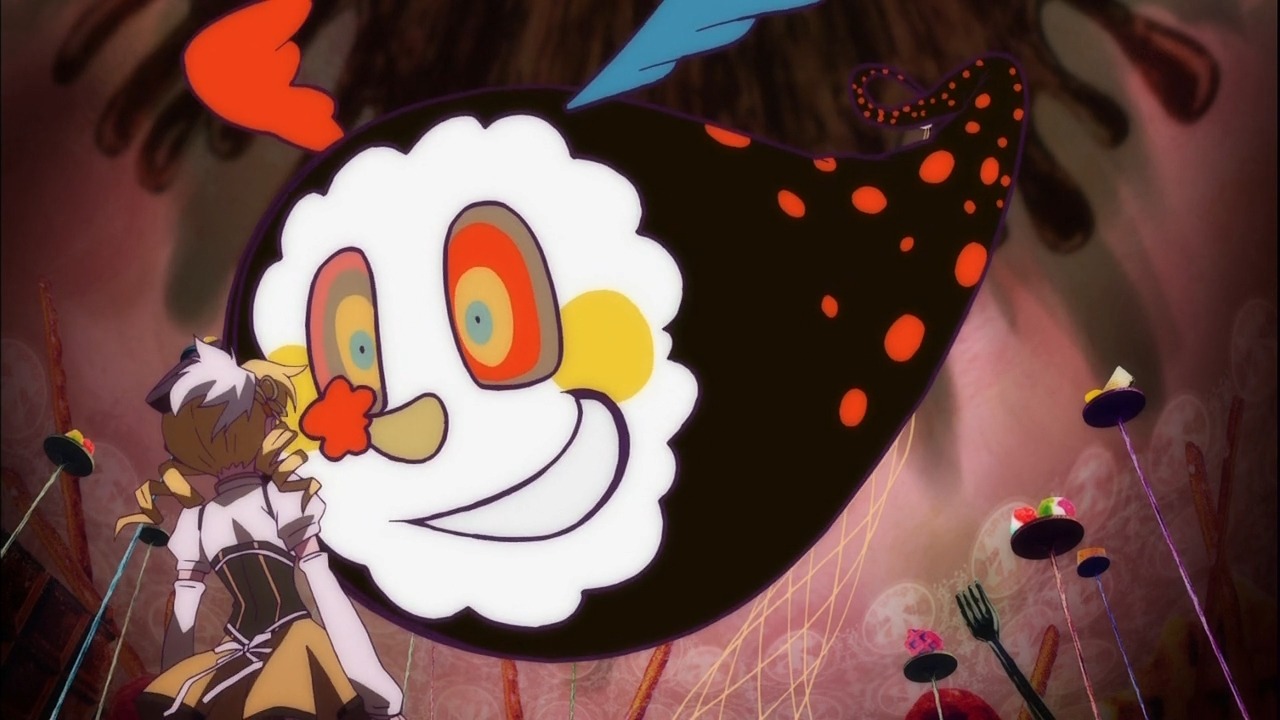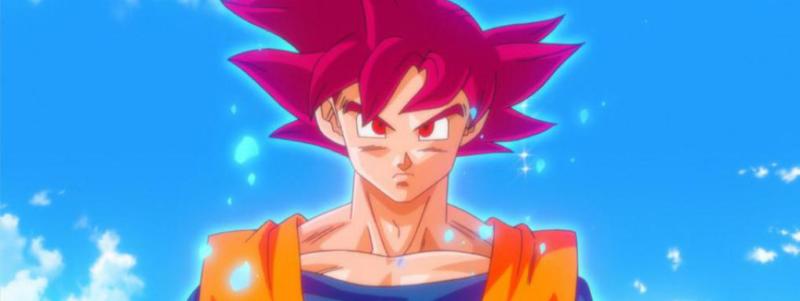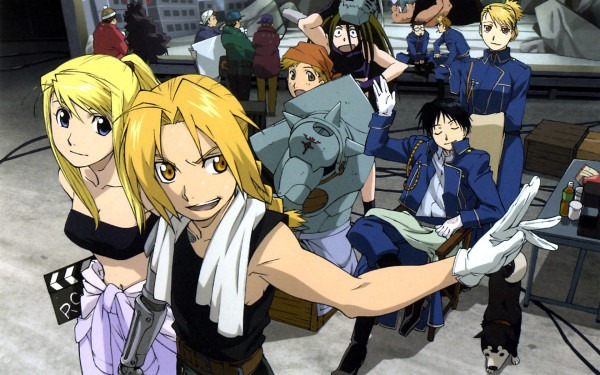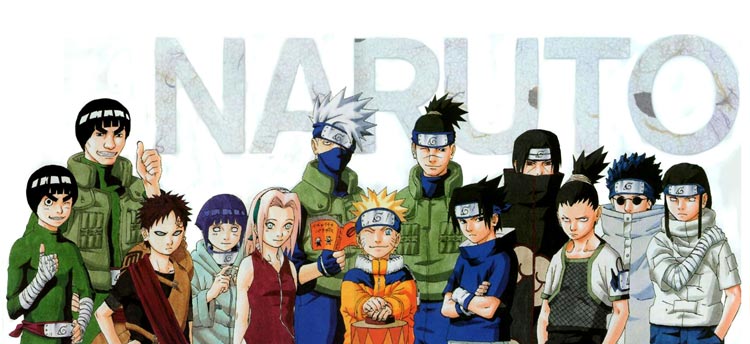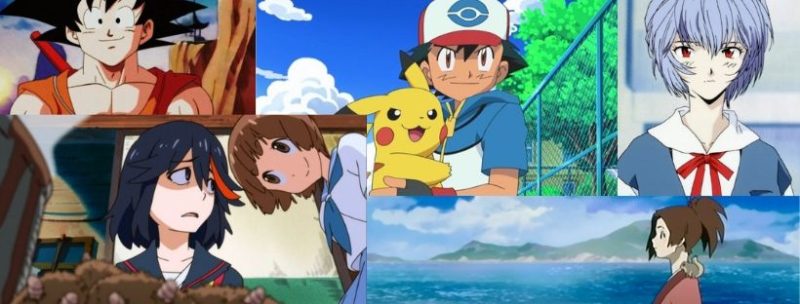
Anime loves to transform characters as they gain power. Dragonball, Sailor Moon, Bleach, Naruto, and many others all have various forms and looks. There are many lists that order the coolest transformations. This isn’t one of them.
Instead, let’s look at inner transformations. Outer transformations usually involve inner changes. While I’ll look at Goku, just for the sake of outer versus inner change, many of the most profound changes a character experiences leave no outward mark. External change has a long history in literature of representing inward change. It makes sense. Our bodies reflect our experiences–scars, blemishes, and other physical changes. Sometimes these changes are positive–dropping weight and gaining muscle and health. Other times, perhaps even most of the time. changing experiences leave scars. Cancer survivors, for example, carry scars from ports, tubes, and injections required to save them. The experience leaves them with a different outlook on life.
Anime swings both directions. You have external transformations that positively show good inner transformations–stronger bodies, better health, and the like. But you also see characters like Eureka who end up carrying scars similar to cancer survivors. Transformations go back to the dawn of storytelling. The pattern of transformation, called the Hero’s Journey by myth and folklore scholar Joseph Campbell, changes a regular person into a hero: awareness of a problem, fear, overcoming that fear, facing mortality, change, accepting the consequences, final challenge, mastery. The key step to the process involves acceptance of the consequences. Change always has consequence to ourselves and to others. Anime often focuses on this part of the pattern; it often downplays the fear step by thrusting a character straight into a life or death situation.
In any case, let’s look at 7 examples of inner transformation. I’m going to write in broad strokes, so not to spoil the stories too much for those who haven’t watched them yet. But next time you watch these characters, pay attention to how they change as the story progresses and how these changes are designed.
Fuu

Fuu from Samurai Champloo undergoes subtle changes to her personality, much like Jin and Mugen do. She’s the lynchpin of the series, pushing the journey forward with her need to find the samurai who smells of sunflowers. Fuu never quite gets over her naivete, but it acts as a counter balance for her worldly partners. However, she gains confidence. The changes are subtle throughout the series, but she moves from relying on others to relying on herself. Near the end of the journey, she decides to take the last leg alone. Earlier in the series she wouldn’t have attempted this. In fact, the series plays on this when about midway through the three separate and Fuu tries to travel with a man named Okuru. She isn’t ready travel alone at that point, but she accepts the possibility. That acceptance, in later episodes, turns into confidence that she could go the rest of the journey alone. Her personality doesn’t change drastically. She remains innocent and spunky, but her journey with Jin and Mugen strengthen her.
Rei Ayanami
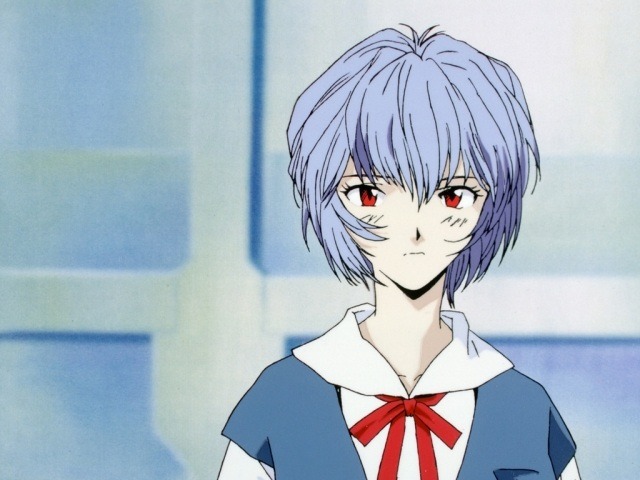
Rei in Neon Genesis Evangelion begins as seemingly emotionless. She is withdrawn and cold toward everyone except Ikari, who acts as a father toward her. As the story progresses, she comes to embrace her humanity, even attempting to cook a meal for her new-found friend Shinji. Throughout the story, the fighting Rei endures bodily wounds and various psychological wounds, yet at the same time her humanity improves with each one. She learns empathy and what it means to connect to people, which drives her to sacrifice herself for those same people. Her body bears the consequences of her change, but she accepts that part of the Hero’s Journey. As with any inner development, Rei doesn’t progress in a linear way. She experiences setbacks and hurts that make her retreat from her progress, but the experience makes it easier for her to move forward again.
Pikachu
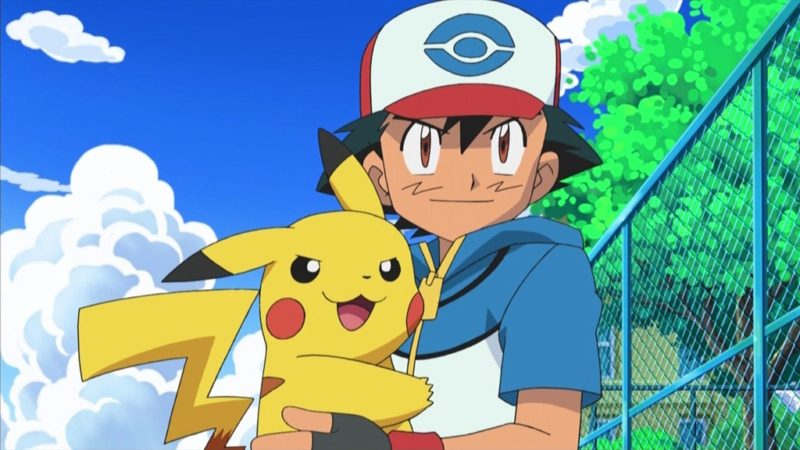
In an episode of Pokemon, Pikachu resists its evolution to Raichu. While this appears at first to be an answer of “no” to the change portion of the Hero’s Journey, it is a signal of inner development. Unlike other Pokemon in the story, Pikachu doesn’t seek external development. Rather, it seeks to protect and improve its friendship with Ash, even if that means remaining relatively weaker than other members of its species. For his part, Ash supports Pikachu in its decision to skip its evolution. Pikachu fears his evolution would change what it shares with Ash. Other members of his species shames Pikachu for its decision, but it accepts this consequence. The episode shows the importance of friendships over progress. Pikachu’s rejection of the traditional Hero’s Journey takes strength and character. Sometimes saying “no” to the journey takes more strength than following the pattern. The consequences can be more severe than continuing forward, but for the sake of friendship, Pikachu accepts this burden.
Ryuko
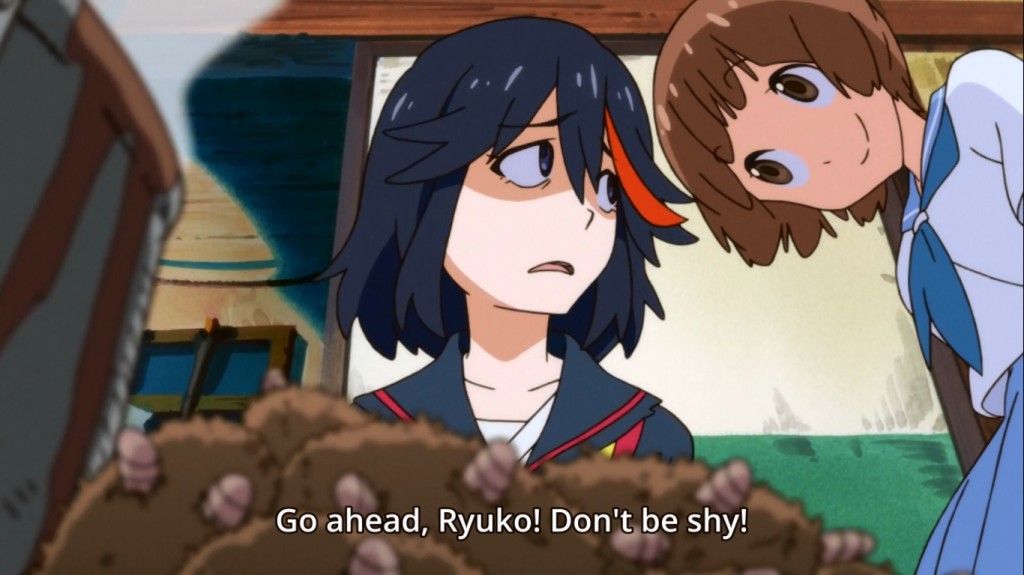
Kill la Kill is a strange anime. It parodies fan-service and takes on the touchy subject of body image. Ryuko must embrace her body–growing comfortable with her nudity–in order to unlock her full potential as a fighter. She doesn’t want to dress like a slut. While this is normally laudable, in the context of the story, her resistance comes from a sense of shame and a lack of confidence. She isn’t confident about her body and feels ashamed of her femininity. Both of these hangups prevent her from tapping the full potential of Kamui and herself. Shame toward yourself can hold you back. Kill la Kill exaggerates this, but lack of confidence prevents us from striving and failing. Ryuko fails often and hard along her journey, but each failure allows her to embrace who she is and become comfortable with herself. Her ability to don the skimpy Kamui without shame reflects this internal change.
Goku
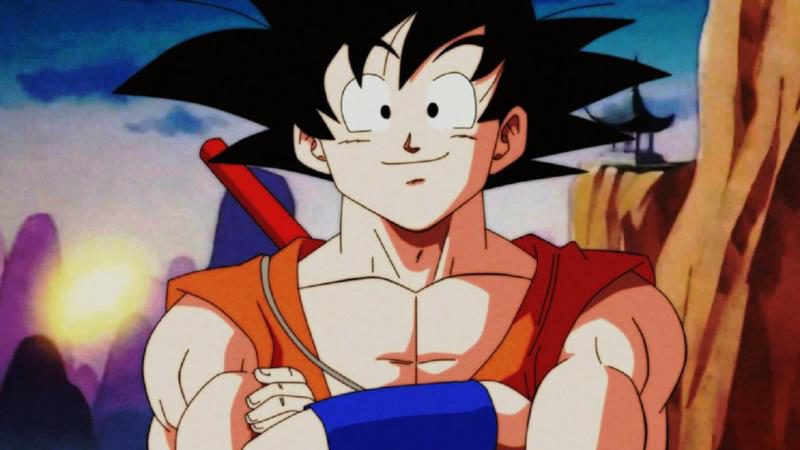
It’s all about his hair. Goku is probably the most discussed character when it comes to transformations. People debate about his power level and various levels of Saiyan-hood. While his desire to challenge himself against stronger foes certainly matters, in the end his fatherhood acts as his main motivation. Becoming a father is (or at least should be) a life altering event. For Goku, it gives him something more personal to fight for instead of the vague save-the-world motivation. Goku has sons. He has grandchildren that need to be saved. The story doesn’t play this up. In fact, outside of a few subtle scenes, Dragonball Super relies on Goku’s love for a good fight. However, those few scenes where he recognizes he fights for his family, pushes him to a higher level of external power.
Naruto
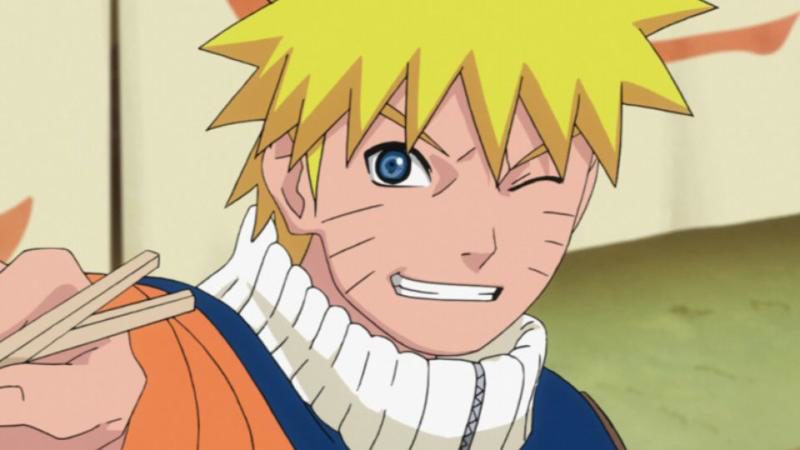
Naruto undergoes perhaps the most obvious inner transformations of everyone on this list. He goes from an annoying, whiny teen to an adult responsible for the welfare of an entire village. The story plays on his stubbornness and how he had to endure loneliness, but these only become true strengths after he gains love and friendship. He retains his core personality (which I find annoying, frankly), but the Hero’s Journey pushes him to accept the consequences of having friendships in a dangerous world. Naruto goes through the journey’s cycle several times–at the end of each cycle he comes out a bit more mature. Interestingly, he cycles with the journeys of his friends, and he often acts as a catalyst for their Hero’s Journey, encouraging them to face their trials as he had his own.
Eureka and Renton

I can’t discuss Eureka, from Eureka Seven, without Renton. Renton undergoes a standard Hero’s Journey, moving from whiny kid to mature adult (a favorite transformation in anime). Eureka follows Rei’s course from cold automaton to warm soul. Both journeys feed into each other. Eureka acts as a catalyst for Renton’s journey, and later on he returns the favor. Eureka, like Rei, bears the scars of her journey. At one point, most of her body becomes disfigured as she plunges to the “dark night of the soul” stage of the Hero’s Journey. The journey isn’t without consequences. Renton, likewise, experiences a dark night that changes his outlook on life and on Eureka. Their intertwining journeys spark and reinforce their experiences. Their journeys reflect each other.
Transformations Draw Us Into Stories
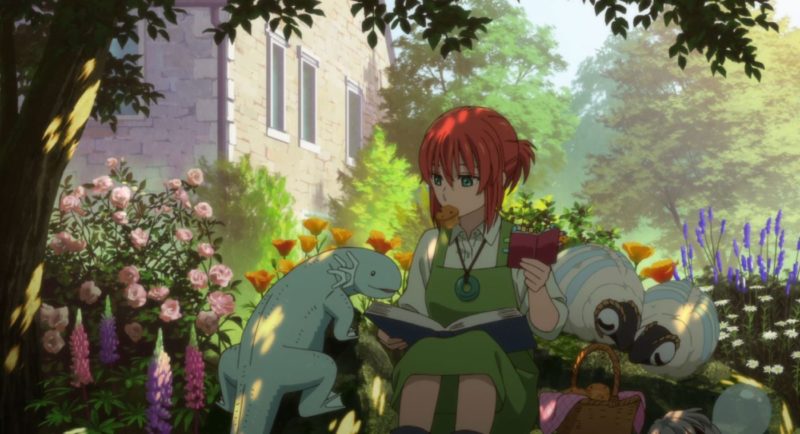
I know my explanations are vague. A proper handling would have me analyze each of the characters and ruin the story. Not to mention it would be long and dry. But for those of you who are familiar with the stories, my generalized looks should help you see how inner transformations encourage outer changes. Joseph Campbell’s outline of a Hero’s Journey applies to anime characters as much as characters in Western literature. Heroes matter because they help us understand events in our own lives. While we aren’t fighting gods like Goku, we experience the same levels of uncertainty fictional characters experience. We can’t see the future and even the past is often veiled behind biased memory. The trick with anime, unlike Western hero stories, lies in variety. Anime’s hero pattern falls across the spectrum, from the epics similar to Homer’s Odyssey to mundane stories of high school heartaches. There’s a story and a character for every situation–there’s a character who experiences something you’ve experienced.
This is what makes anime great. Yeah, there are many issues with the genre, but the variety of stories and characters (even considering the tropes) speaks to people. It’s easy to see yourself in an anime character than some all-powerful hero. Yet, they still follow the general pattern whether hero or high school student. Life follows the pattern. Of course, at each step, the hero can simply say no and walk away. In many cases, that is what we do in life. Only the journey doesn’t end, and often the “no” answer sets you on an alternative hero’s journey. If nothing else, anime tells us not to say no and provide us with maps to help us along our way. After all, that is the role of fiction.
